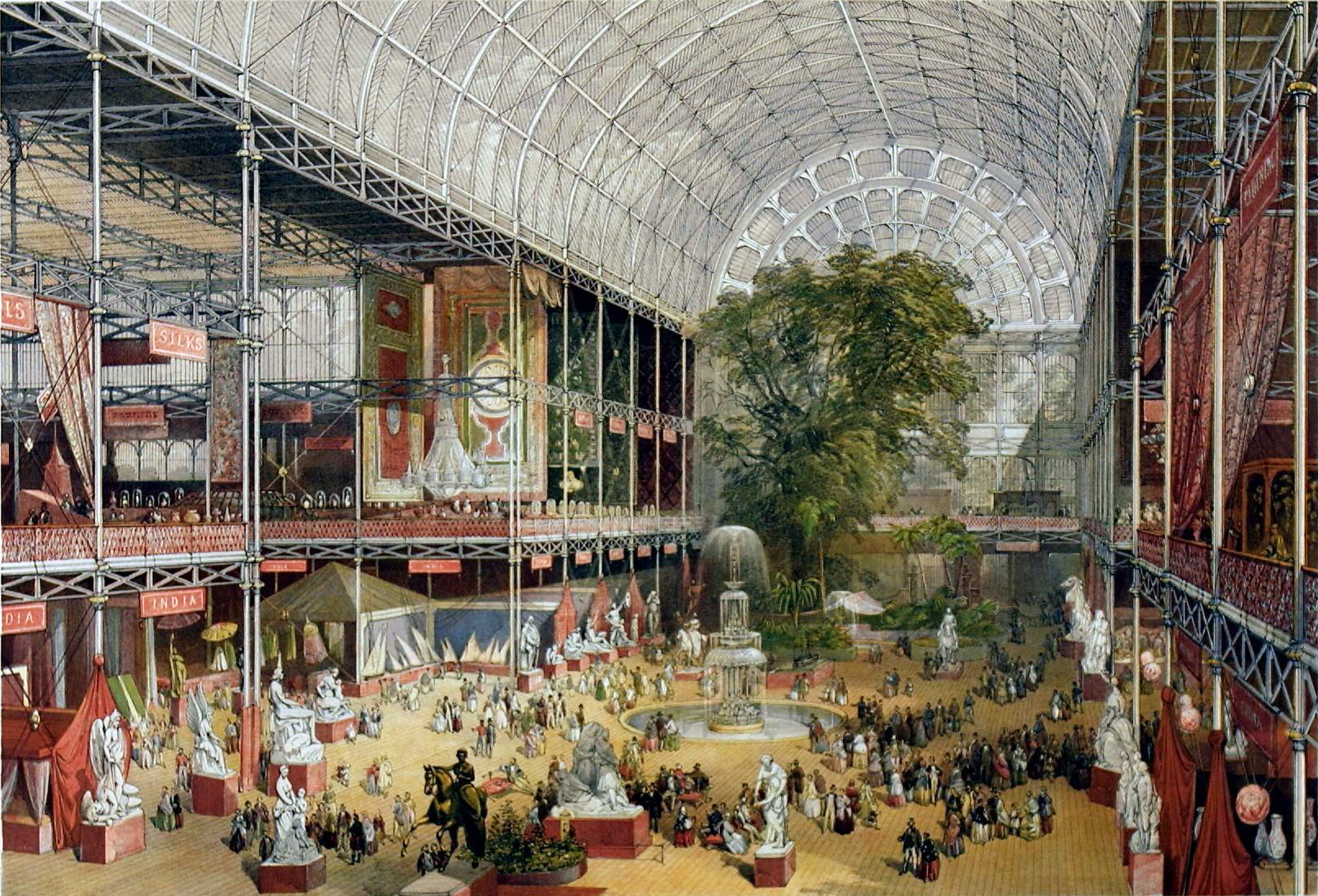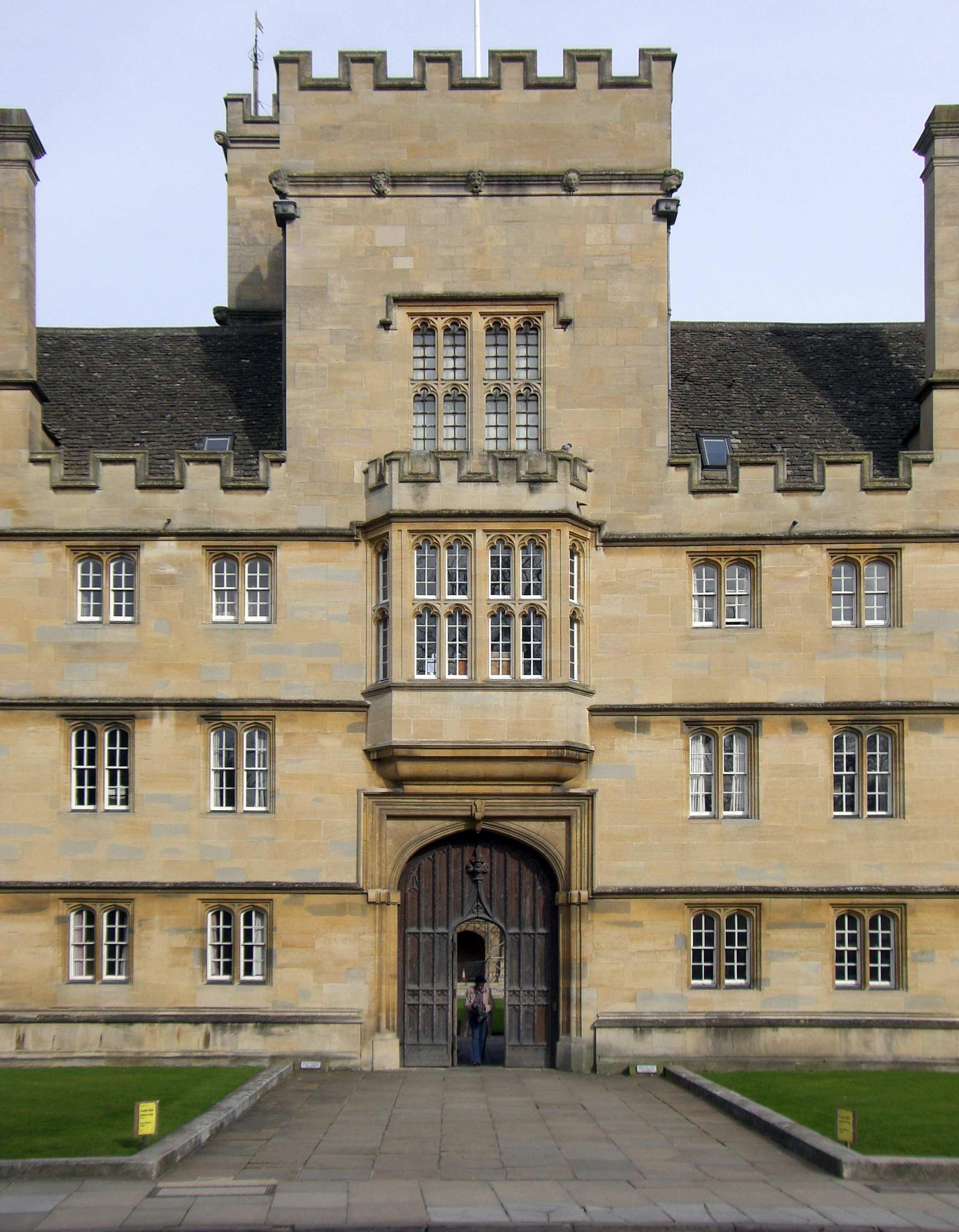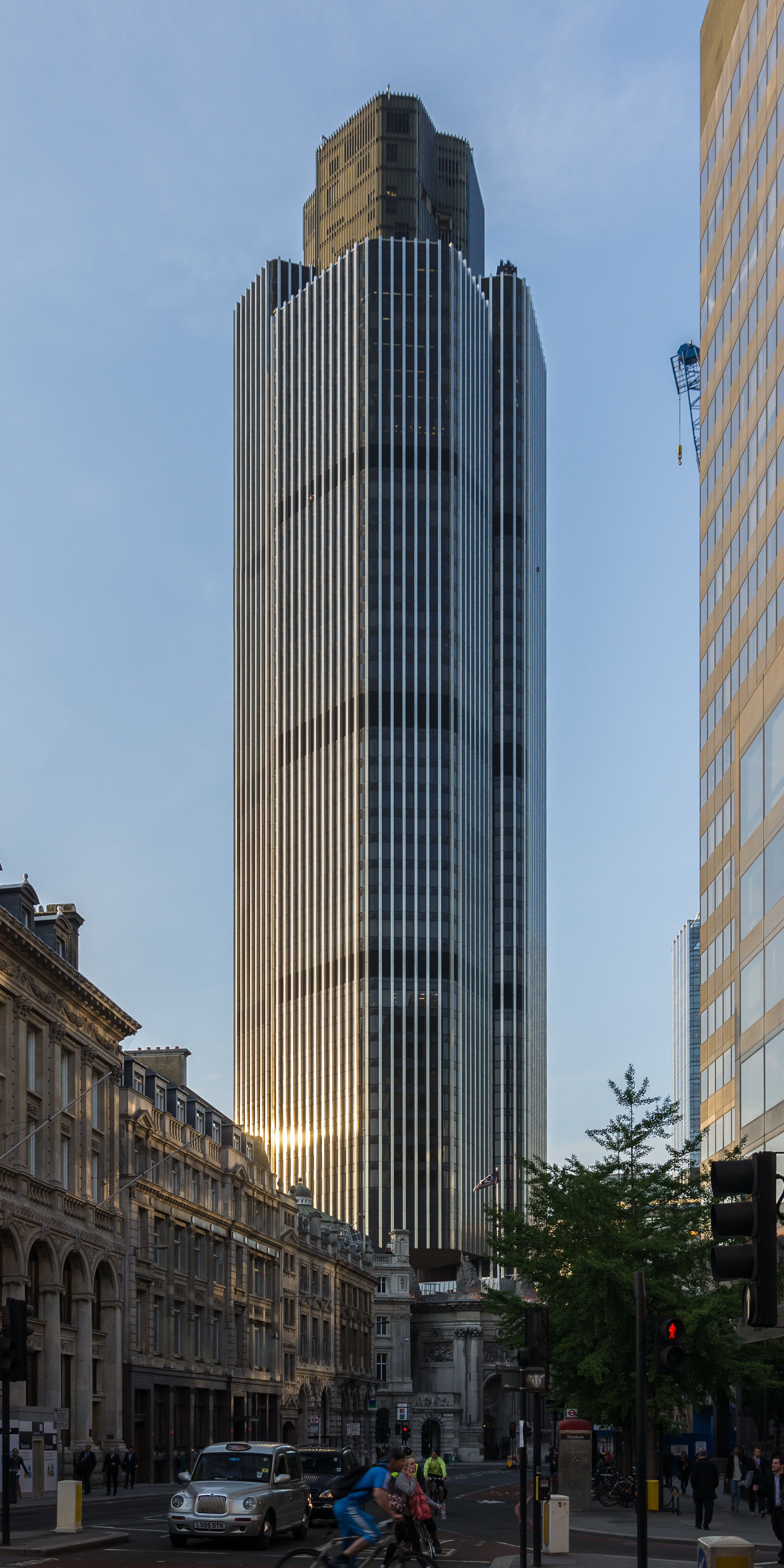|
Wellington Clock Tower
The Wellington clock tower is a structure that stands on the seafront at Swanage in Dorset, England. It was originally built by the Commissioners for Lighting the West Division of Southwark at the southern end of London Bridge in 1854. It was intended as a memorial to the recently deceased Arthur Wellesley, 1st Duke of Wellington, though funds proved insufficient to provide a statue of the man at the top of the tower, as had been originally intended. It housed a clock with four faces that were illuminated from within and a small telegraph office. Within 10 years the structure was overshadowed by the construction of nearby railway structures and became an obstruction to traffic using the bridge. It was disassembled in 1867. The structure was saved by the Swanage-based contractor George Burt (Britain), George Burt and shipped back to his hometown, without the clock mechanism. He gifted it to fellow contractor Thomas Docwra (contractor), Thomas Docwra who erected it in the grounds of ... [...More Info...] [...Related Items...] OR: [Wikipedia] [Google] [Baidu] |
Swanage
Swanage () is a coastal town and civil parish in the south east of Dorset, England. It is at the eastern end of the Isle of Purbeck and one of its two towns, approximately south of Poole and east of Dorchester. In the 2011 census the civil parish had a population of 9,601. Nearby are Ballard Down and Old Harry Rocks, with Studland Bay and Poole Harbour to the north. Within the parish are Durlston Bay and Durlston Country Park to the south of the town. The parish also includes the areas of Herston, just to the west of the town, and Durlston, just to the south. The town, originally a small port and fishing village, flourished in the Victorian era, when it first became a significant quarrying port and later a seaside resort for the rich of the day. Today the town remains a popular tourist resort, this being the town's primary industry, with many thousands of visitors coming to the town during the peak summer season, drawn by the bay's sandy beaches and other attracti ... [...More Info...] [...Related Items...] OR: [Wikipedia] [Google] [Baidu] |
1851 Great Exhibition
The Great Exhibition of the Works of Industry of All Nations, also known as the Great Exhibition or the Crystal Palace Exhibition (in reference to the temporary structure in which it was held), was an international exhibition which took place in Hyde Park, London, from 1 May to 15 October, 1851. It was the first in a series of World's Fairs, exhibitions of culture and industry that became popular in the 19th century. The event was organised by Henry Cole and Prince Albert, husband of Victoria, Queen of the United Kingdom. Famous people of the time attended the Great Exhibition, including Charles Darwin, Karl Marx, Michael Faraday (who assisted with the planning and judging of exhibits), Samuel Colt, members of the Orléanist Royal Family and the writers Charlotte Brontë, Charles Dickens, Lewis Carroll, George Eliot, Alfred Tennyson and William Makepeace Thackeray. The opening music, under the superintendence of William Sterndale Bennett, was directed by Sir George ... [...More Info...] [...Related Items...] OR: [Wikipedia] [Google] [Baidu] |
English Gothic Architecture In Dorset
English usually refers to: * English language * English people English may also refer to: Peoples, culture, and language * ''English'', an adjective for something of, from, or related to England ** English national identity, an identity and common culture ** English language in England, a variant of the English language spoken in England * English languages (other) * English studies, the study of English language and literature * ''English'', an Amish term for non-Amish, regardless of ethnicity Individuals * English (surname), a list of notable people with the surname ''English'' * People with the given name ** English McConnell (1882–1928), Irish footballer ** English Fisher (1928–2011), American boxing coach ** English Gardner (b. 1992), American track and field sprinter Places United States * English, Indiana, a town * English, Kentucky, an unincorporated community * English, Brazoria County, Texas, an unincorporated community * Englis ... [...More Info...] [...Related Items...] OR: [Wikipedia] [Google] [Baidu] |
The Antiquary (magazine)
''The Antiquary: A Magazine Devoted to the Study of the Past'' was a monthly antiquarian magazine published from December 1879 to 1915, in London by Elliot Stock and in New York City by J W Bouton. Its editors were: * Edward Walford, 1880 * (G.B. Leathom), 1881–1889 * John Charles Cox, 1890–1895? * Thomas Macall Fallow, 1895–1899 * George Latimer Apperson George Latimer Apperson ISO, (1857–1937) was a school inspector and man of letters. He was editor of ''The Antiquary (magazine), The Antiquary'' from 1899–1915, and a major contributor to the ''Oxford English Dictionary'', both submitting lar ..., 1899–1915Lynda Mugglestone, ''Lexicography and the OED'', 2000, , p. 233 References External links Volume 6, July-December 1882 at Internet Archive. Archaeology magazines Monthly magazines published in the United Kingdom English-language magazines History magazines published in the United Kingdom Magazines published in London Magazines established in 187 ... [...More Info...] [...Related Items...] OR: [Wikipedia] [Google] [Baidu] |
Cupola
In architecture, a cupola () is a relatively small, most often dome-like, tall structure on top of a building. Often used to provide a lookout or to admit light and air, it usually crowns a larger roof or dome. The word derives, via Italian, from lower Latin ''cupula'' (classical Latin ''cupella''), (Latin ''cupa''), indicating a vault resembling an upside-down cup. Background The cupola evolved during the Renaissance from the older oculus. Being weatherproof, the cupola was better suited to the wetter climates of northern Europe. The chhatri, seen in Indian architecture, fits the definition of a cupola when it is used atop a larger structure. Cupolas often serve as a belfry, belvedere, or roof lantern above a main roof. In other cases they may crown a spire, tower, or turret. Barns often have cupolas for ventilation. Cupolas can also appear as small buildings in their own right. The square, dome-like segment of a North American railroad train caboose that contains ... [...More Info...] [...Related Items...] OR: [Wikipedia] [Google] [Baidu] |
Mercers' Hall
The Worshipful Company of Mercers is the premier Livery Company of the City of London and ranks first in the order of precedence of the Companies. It is the first of the Great Twelve City Livery Companies. Although of even older origin, the company was incorporated under a Royal Charter in 1394, the company's earliest extant Charter. The company's aim was to act as a trade association for general merchants, and especially for exporters of wool and importers of velvet, silk and other luxurious fabrics ( mercers). By the 16th century many members of the company had lost any connection with the original trade. Today, the Company exists primarily as a charitable institution, supporting a variety of causes. The company's motto is ''Honor Deo'', Latin for "Honour to God". Etymology The word "mercer" derives from the Latin ''merx, mercis'', "merchandise" from which root also derives the word "merchant". The words ''mercero'' and ''mercier'', still used in Spanish and French respecti ... [...More Info...] [...Related Items...] OR: [Wikipedia] [Google] [Baidu] |
Christopher Wren
Sir Christopher Wren PRS FRS (; – ) was one of the most highly acclaimed English architects in history, as well as an anatomist, astronomer, geometer, and mathematician-physicist. He was accorded responsibility for rebuilding 52 churches in the City of London after the Great Fire in 1666, including what is regarded as his masterpiece, St Paul's Cathedral, on Ludgate Hill, completed in 1710. The principal creative responsibility for a number of the churches is now more commonly attributed to others in his office, especially Nicholas Hawksmoor. Other notable buildings by Wren include the Royal Hospital Chelsea, the Old Royal Naval College, Greenwich, and the south front of Hampton Court Palace. Educated in Latin and Aristotelian physics at the University of Oxford, Wren was a founder of the Royal Society and served as its president from 1680 to 1682. His scientific work was highly regarded by Isaac Newton and Blaise Pascal. Life and works Wren was born in Eas ... [...More Info...] [...Related Items...] OR: [Wikipedia] [Google] [Baidu] |
Purbeck Stone
Purbeck stone refers to building stone taken from a series of limestone beds found in the Upper Jurassic to Lower Cretaceous Purbeck Group, found on the Isle of Purbeck, Dorset in southern England. The best known variety of this stone is Purbeck Marble. The stone has been quarried since at least Roman times up to the present day. Geology The Purbeck Group is a sequence of sedimentary rocks that were deposited in a shallow freshwater to brackish lagoonal setting. It ranges in age from Tithonian to Berriasian. Limestone beds are developed at various levels throughout the sequence, each with a different character, which led to them being quarried for specific uses. Towards the top of the Lulworth Formation is the 'New Vein'. In the lower part of the Durlston Formation are the 'Downs vein, 'Freestone Vein' and the 'Laning Vein'. Towards the top of the Durlston are the 'Burr' (or Broken Shell Limestone) with up to three beds of the 'Purbeck Marble' above that. Occurrence The Purbeck Gr ... [...More Info...] [...Related Items...] OR: [Wikipedia] [Google] [Baidu] |
Mowlem
Mowlem was one of the largest construction and civil engineering companies in the United Kingdom. Carillion bought the firm in 2006. History The firm was founded by John Mowlem in 1822, and was continued as a partnership by successive generations of the Mowlem and Burt families, including George Burt, and Sir John Mowlem Burt. The company was awarded a Royal Warrant in 1902 and went public on the London Stock Exchange in 1924.''Mowlem 1822–1972'' – Mowlem Public Relations brochure, 1972, p.3 During the Second World War the company was one of the contractors engaged in building the Mulberry harbour units.Hartcup, p. 94 A long-standing national contractor, Mowlem developed a network of regional contracting businesses including Rattee and Kett of Cambridge (bought in 1926); E. Thomas of the west country (bought in 1965) and the formation of a northern region based in Leeds in 1970. The network was further augmented by the acquisition of Ernest Ireland of Bath (bought in ... [...More Info...] [...Related Items...] OR: [Wikipedia] [Google] [Baidu] |
John Mowlem
John Mowlem (12 October 1788 – 8 March 1868) was an English stonemason, builder and founder of the quarrying and construction company "Mowlem, Burt and Freeman". Career Mowlem was born in Swanage, Dorset, the son of a quarryman. As a young man, he worked in the quarries of the Isle of Purbeck: he was reputedly one of the last people to work in the quarry at Tilly Whim and, as a stonemason, on the Isle of Wight. He travelled to London in 1807 where he started working for Henry Westmacott, the Government mason and builder, as a general foreman: Mowlem personally worked on Nelson's Tomb in St Paul's Cathedral, Somerset House and the Royal Mews at Charing Cross. In 1812 he married Susannah Manwell, the daughter of another Swanage man. In 1822 he set up business as a paving contractor and stone merchant, building up a large business and paving Blackfriars Bridge amongst other areas. In 1839 Mowlem moved briefly to Guernsey, which was the source of much of the granite used by hi ... [...More Info...] [...Related Items...] OR: [Wikipedia] [Google] [Baidu] |
Metropolitan Police
The Metropolitan Police Service (MPS), formerly and still commonly known as the Metropolitan Police (and informally as the Met Police, the Met, Scotland Yard, or the Yard), is the territorial police force responsible for law enforcement and the prevention of crime in Greater London. In addition, the Metropolitan Police is also responsible for some specialised matters throughout the United Kingdom; these responsibilities include co-ordinating and leading national counter-terrorism measures and the personal safety of specific individuals, such as the Monarch and other members of the Royal Family, members of the Government, and other officials (such as the Leader of the Opposition). The main geographical area of responsibilities of the Metropolitan Police District consists of the 32 London boroughs, but does not include the City of London proper — that is, the central financial district also known as the "Square Mile" — which is policed by a separate force, the City of L ... [...More Info...] [...Related Items...] OR: [Wikipedia] [Google] [Baidu] |






